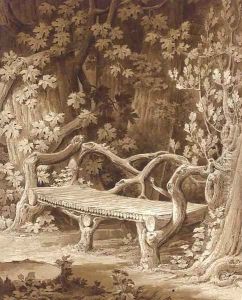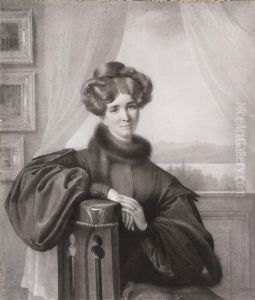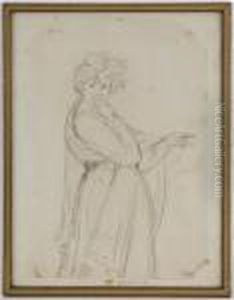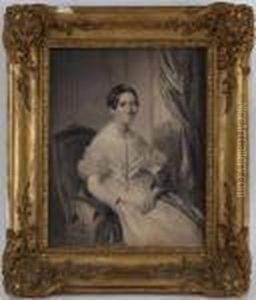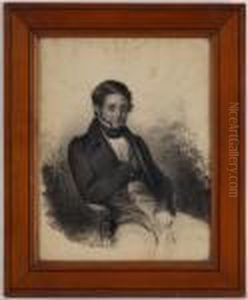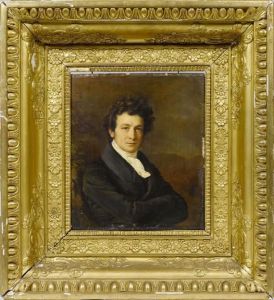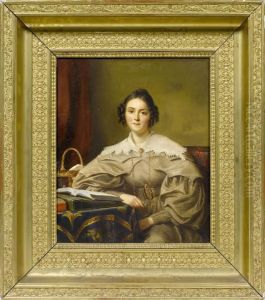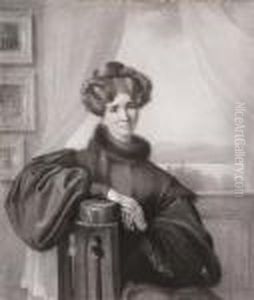Amelie Munier-Romilly Paintings
Amélie Munier-Romilly was a Swiss painter born in Geneva in 1788. She came from a family with a rich artistic background, which undoubtedly influenced her passion and pursuit of art from an early age. Munier-Romilly is particularly known for her exceptional portrait paintings, which were highly esteemed for their delicacy, depth, and emotional resonance.
Throughout her career, Amélie Munier-Romilly was celebrated for her ability to capture the essence of her subjects, rendering their personalities and emotions with remarkable accuracy and sensitivity. Her work often depicted women and children, subjects she portrayed with a profound sense of intimacy and empathy. This focus reflects the broader trends of the late 18th and early 19th centuries, where the exploration of domesticity and private life became central themes in art.
Despite the challenges faced by women artists during her time, Munier-Romilly achieved considerable success and recognition. She exhibited her work in various prestigious art venues, including the Paris Salon, where she garnered accolades and praise from critics and the public alike. Her reputation extended beyond the borders of Switzerland, making her one of the few women artists of her era to achieve international recognition.
Munier-Romilly's legacy is not just in the beauty and technical skill of her paintings but also in her role as a trailblazer for women in the arts. She demonstrated that women could pursue a career in the arts and achieve success, inspiring future generations of women artists. She lived a long and productive life, continuing to paint and exhibit her work until her death in 1875. Today, Amélie Munier-Romilly's works are celebrated for their contribution to the development of portrait painting and are preserved in museums and private collections around the world.
